Wilderness Journal Issue #009
Peter Owen joins Mirning Elders on a remarkable journey into Mirning Country, in issue 9 of Wilderness Journal. Plus discover the unique biodiversity and history of the Nullarbor.
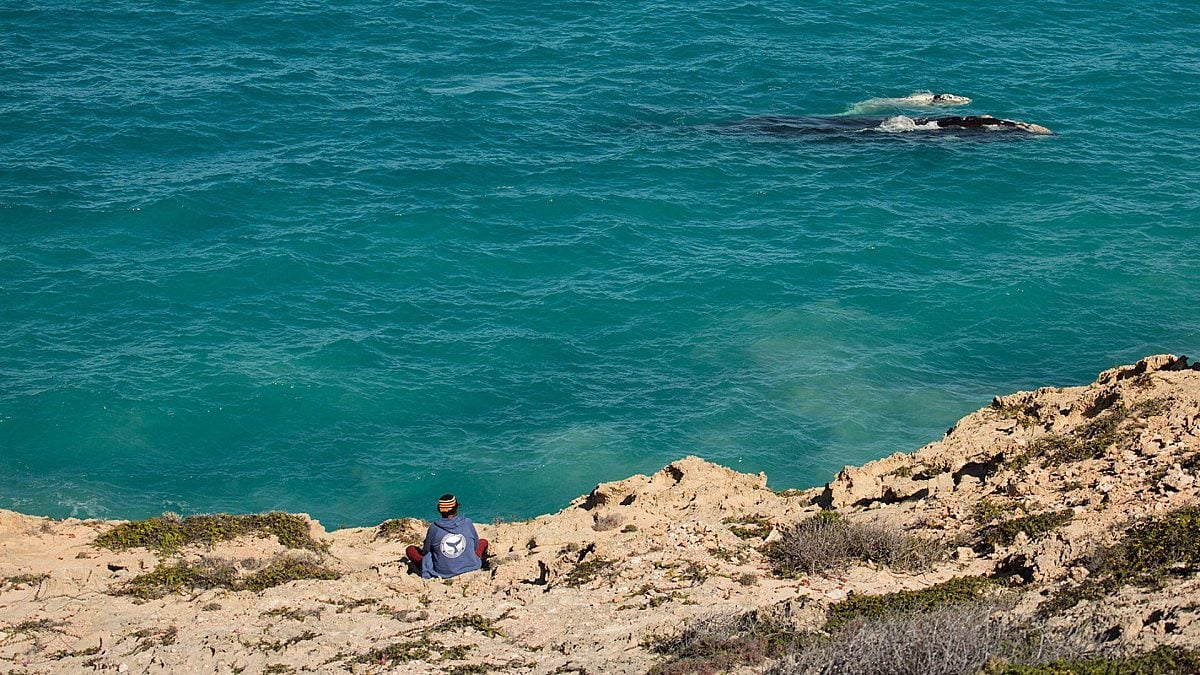
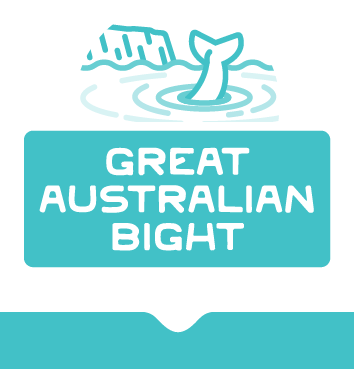
With stunning natural wonders, lifeforms found nowhere else and a living culture connecting desert with ocean, the Nullarbor and the Great Australian Bight are worthy of World Heritage.

The Great Australian Bight: an unforgettable, unique Country with awe-inspiring cliffs, an astounding diversity of marine life, and over 65,000 years of Yerkala Mirning culture. It's time this remarkable place is given World Heritage protection.
Banner image: Eliza Muirhead
At the Ngargangurie, Bunda cliffs of the Nullarbor, the desert plains meet the deep ocean. This dramatic border between sky, sea and land stretches for hundreds of kilometres—forming the largest single piece of limestone in the world and the longest line of sea cliffs, up to 120 metres high!
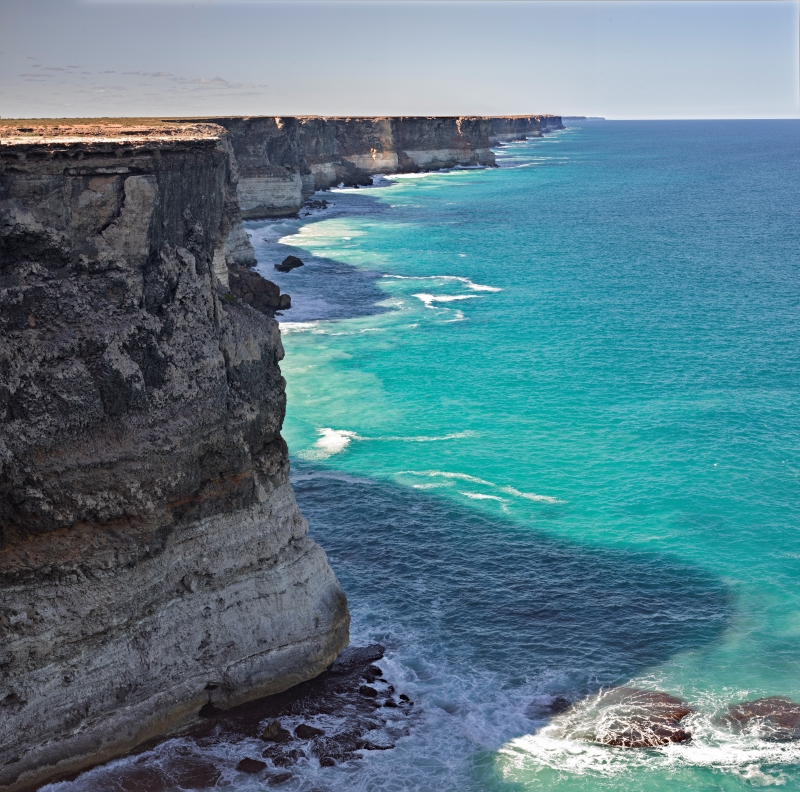
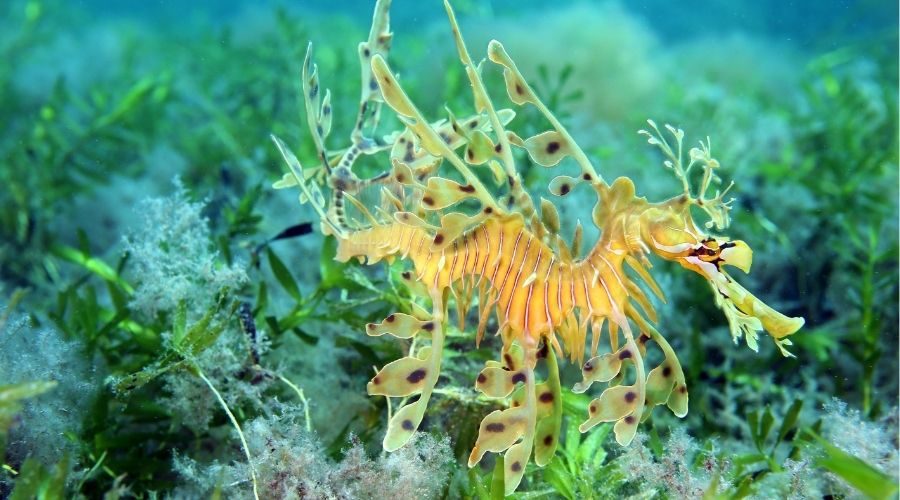
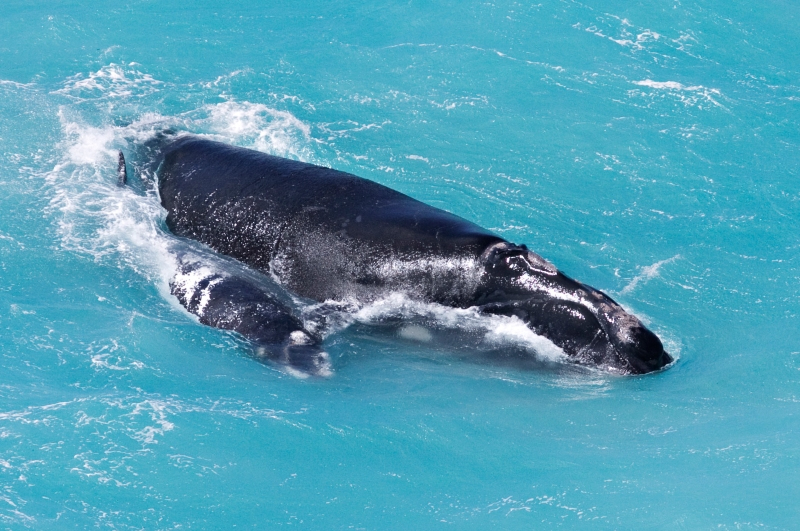
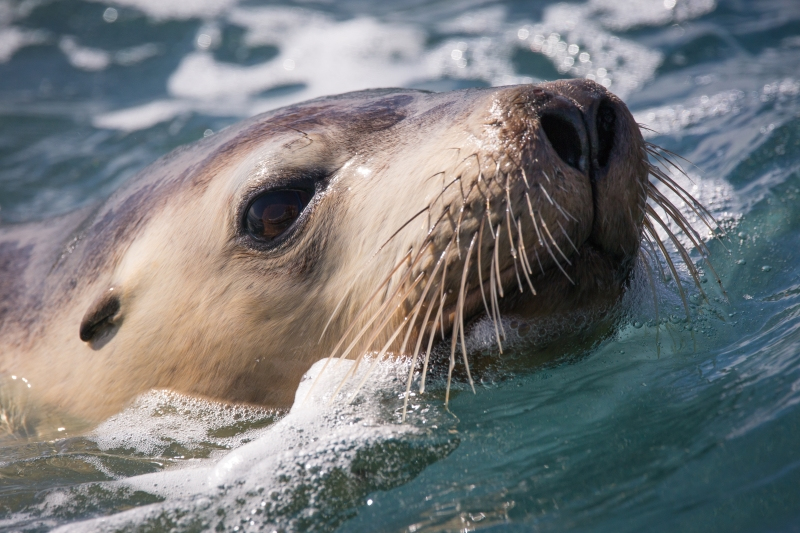

The leafy sea dragon is a master of disguise, drifting through the kelp of the great Southern Reef. Image: Vanessa Mignon
The Bight hosts one of the largest breeding populations of endangered southern right whales, who make the yearly migration from Antarctica to rest and give birth. Hunted almost to extinction in the 1800s but now protected in Australia, the population is still recovering.
Endangered Australian sea lions raise their pups in here. Image: Brad Leue
There are 36 species of dolphins and whales found here, including humpbacks, blue and southern right whales. Image: Angela Swincer
The ocean doesn’t just provide food. It works to recycle nitrogen, carbon and water: the building blocks of life. Most of the air we breathe is produced in our ocean. By supporting life in the Bight, we are contributing to the health of the ocean as a whole and helping ourselves.
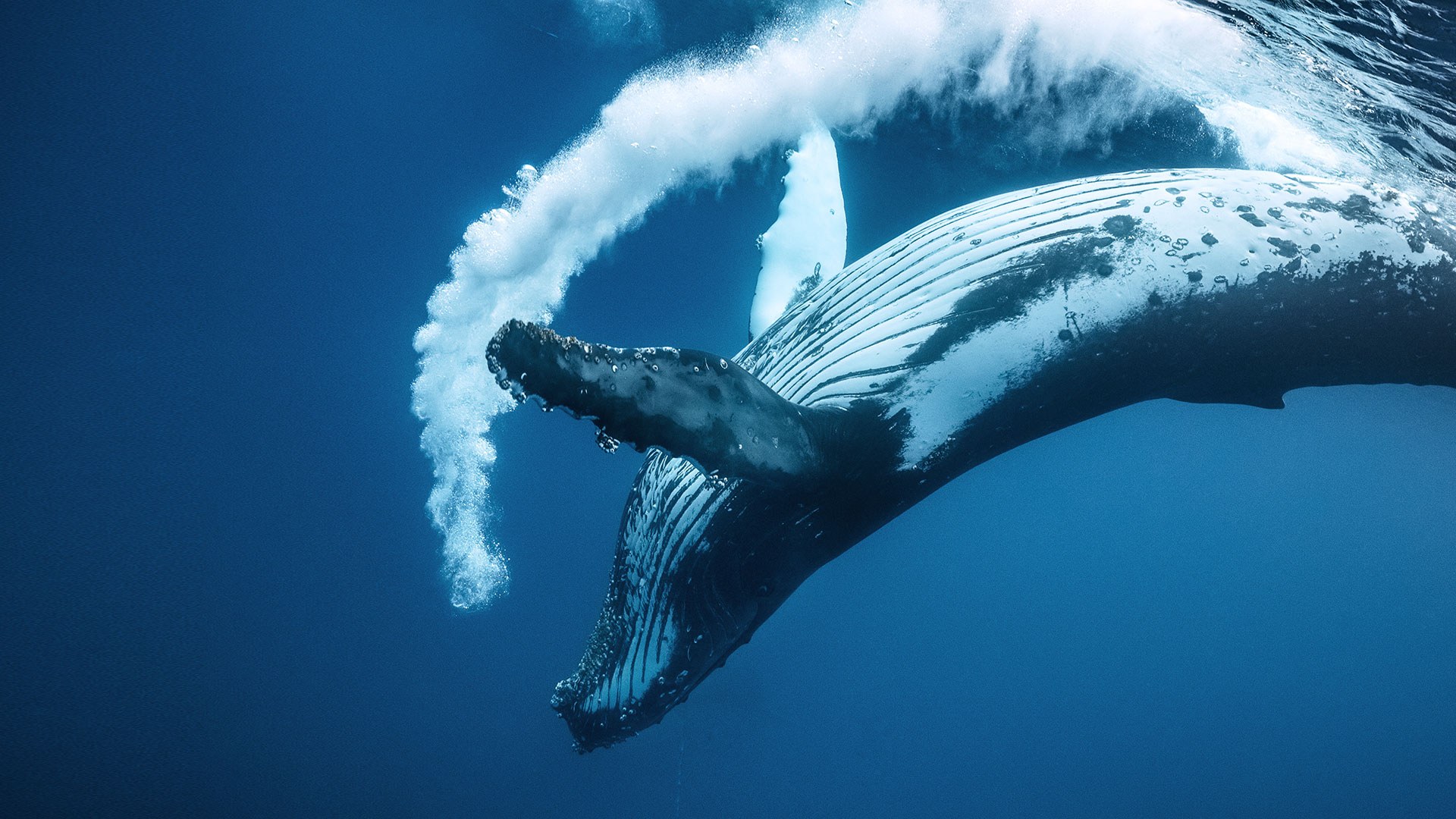
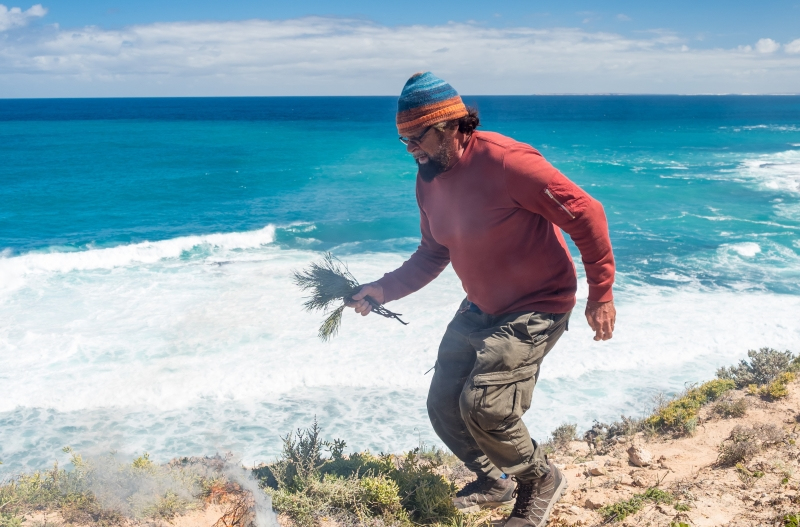
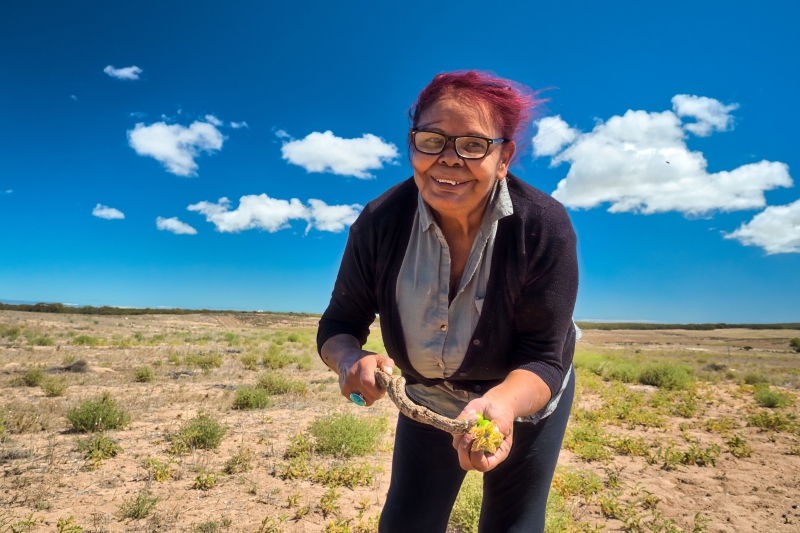
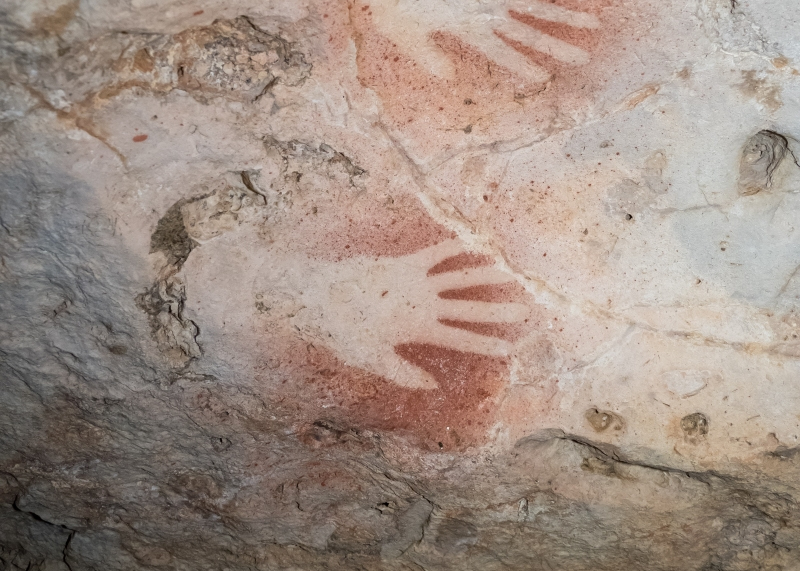
Senior Elder & Whale Songman Uncle Bunna Lawrie in ceremony. Image (detail): Bill Doyle
Meegan Sparrow showing how to gather walga, bush tomato. Image: Bill Doyle
Ancient rock art. Image (detail): Bill Doyle
The Yerkala Mirning of the Nullarbor and the Great Australian Bight have a deep and continuous connection to this sky, sea and land Country—and have had for more than 65,000 years.
Koonalda Cave rests below the vast limestone plain of the Nullarbor—a submerged sacred place of the Yerkala Mirning people. Koonalda is the foremost heritage site in South Australia, holding sacred whale dreaming stories for the Mirning.
“If you listen, learn, understand and observe, then you will receive wisdom and knowledge. For this is the Mirning way.”—Uncle Bunna Lawrie
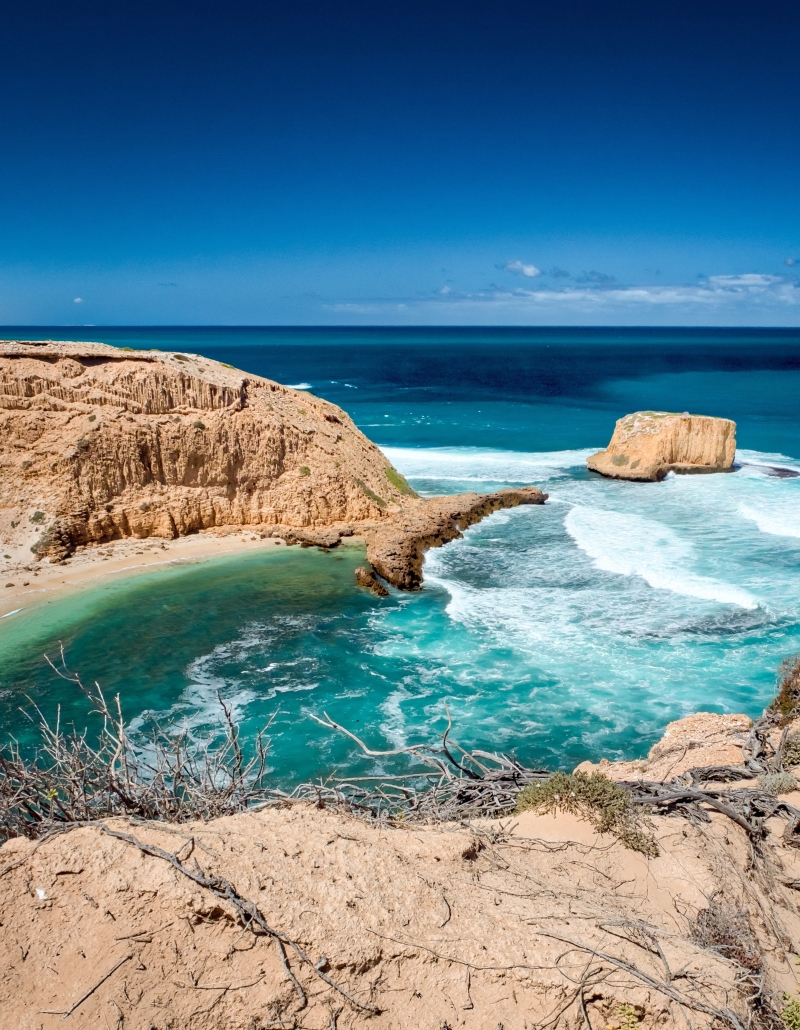
From Nullarbor to Ngargangurie cliffs to Billia Mocalba, the Great Australian Bight: all is within the realm of Jeedera, the great Dhoogoor, Dreamtime Creator. Jeedara is the ancestral white whale who came from Yirrerie, the Milky Way. He created Mirning Country and all its creatures, leaving his bloodline in the Yerkala Mirning people, and in their family, the whales.
This is the sacred ceremony place of Miranangu, where the Mirning still honour and call in the whales as family.
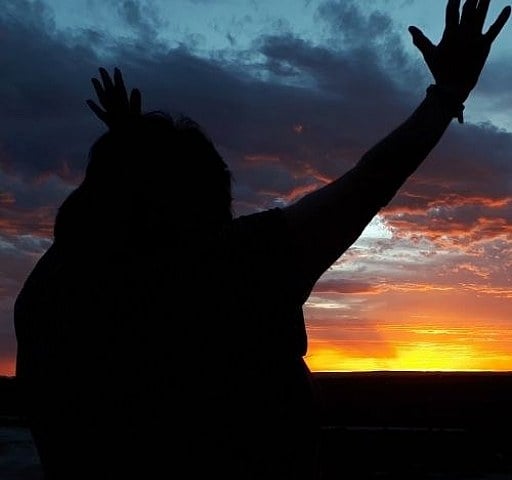
Peter Owen joins Mirning Elders on a remarkable journey into Mirning Country, in issue 9 of Wilderness Journal. Plus discover the unique biodiversity and history of the Nullarbor.
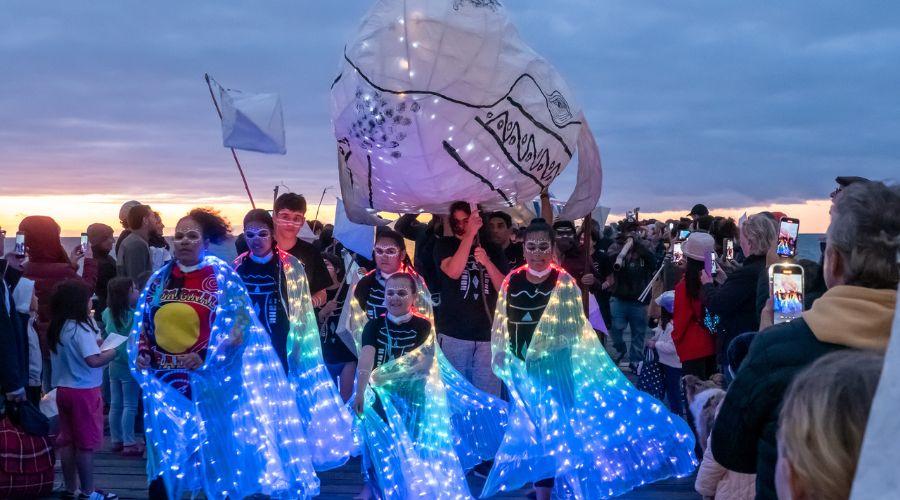
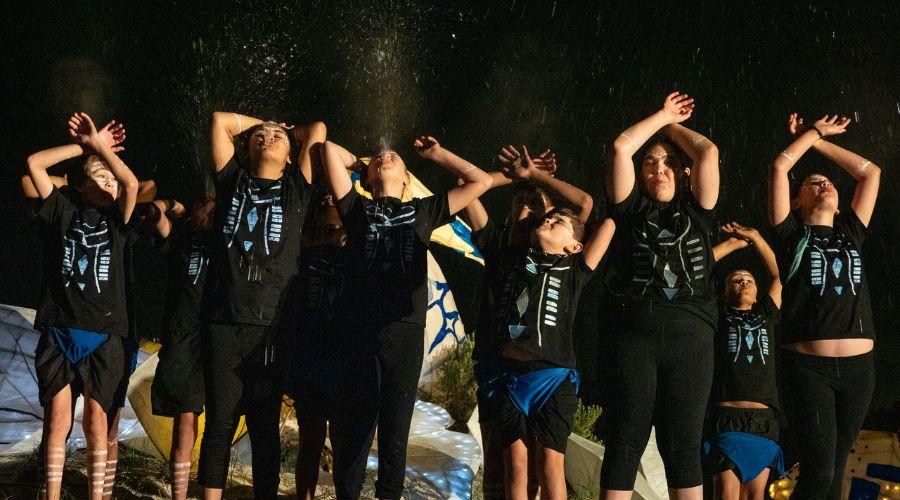
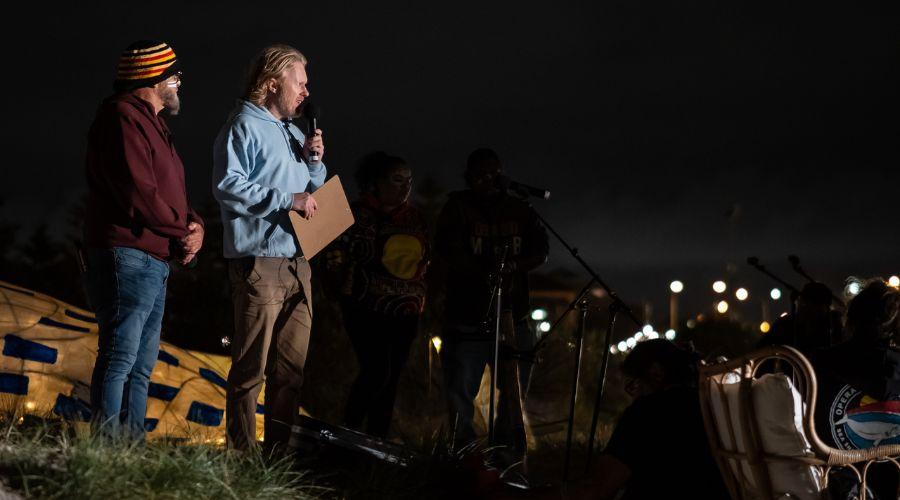
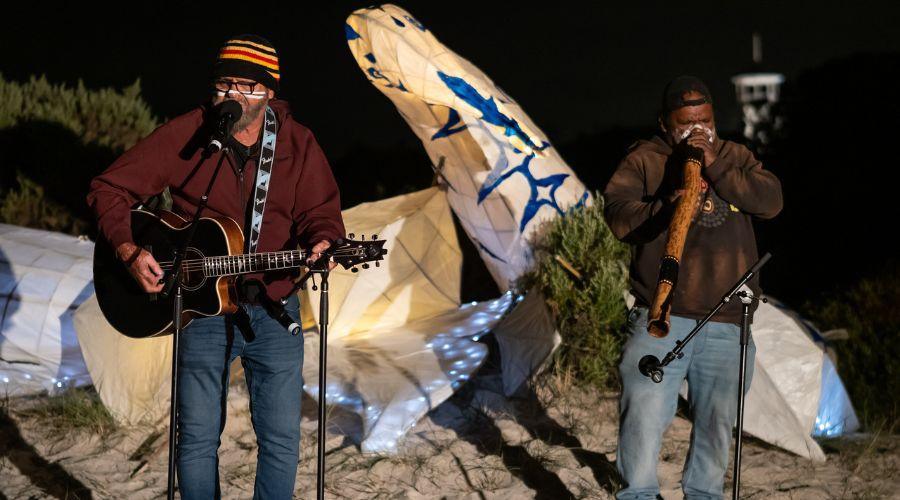
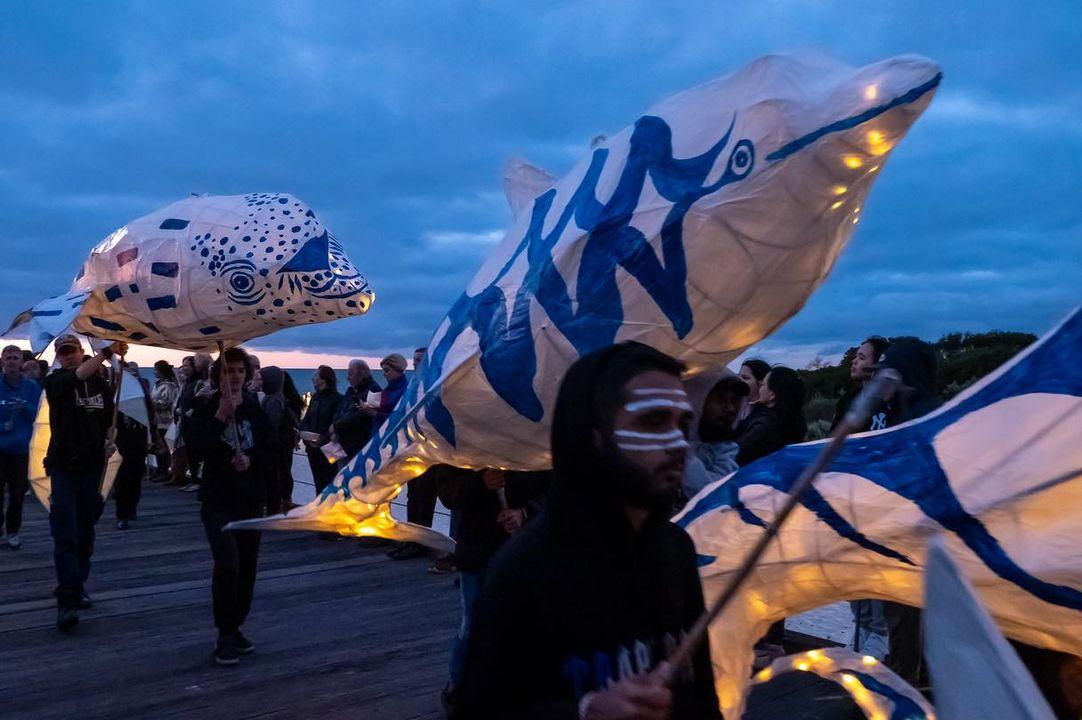
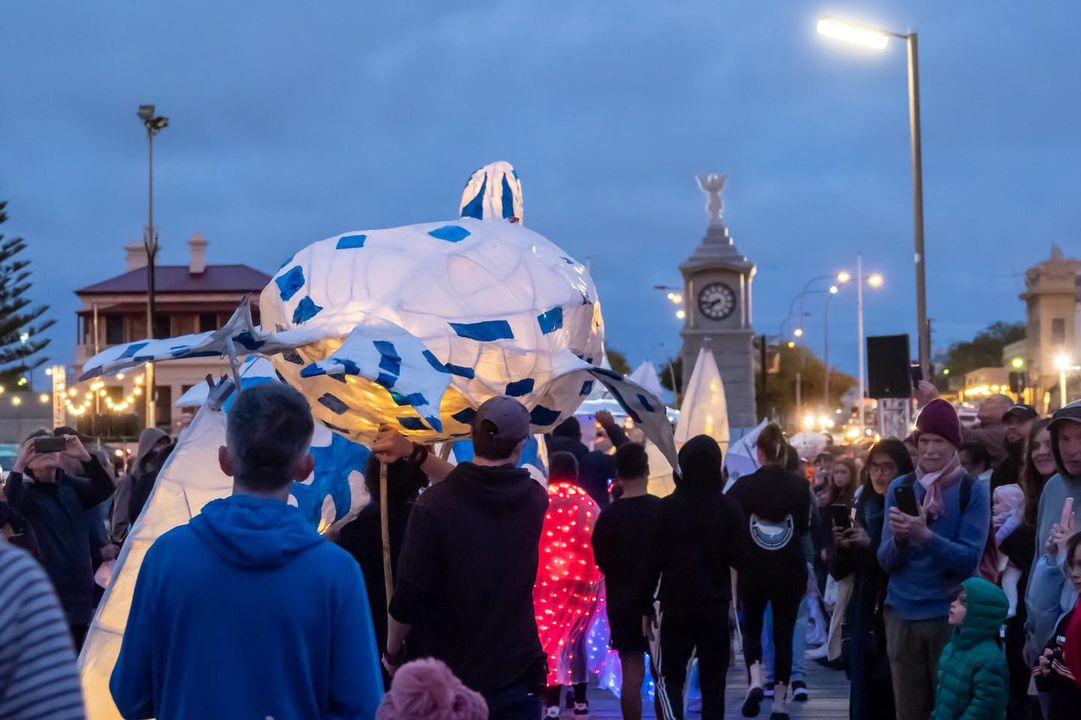
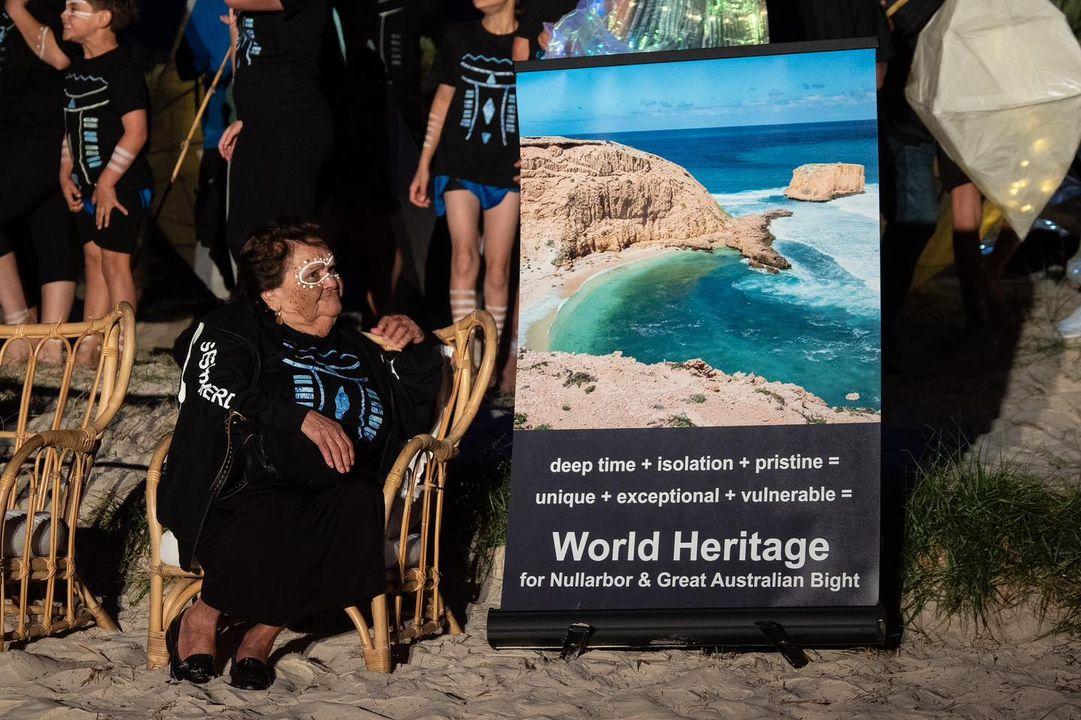
A community event supporting World Heritage protection for the Nullarbor & Great Australian Bight. Image: Bill Doyle
A community event supporting World Heritage protection for the Nullarbor & Great Australian Bight. Image: Bill Doyle
A community event supporting World Heritage protection for the Nullarbor & Great Australian Bight. Image: Bill Doyle
A community event supporting World Heritage protection for the Nullarbor & Great Australian Bight. Image: Bill Doyle
A community event supporting World Heritage protection for the Nullarbor & Great Australian Bight. Image: Bill Doyle
A community event supporting World Heritage protection for the Nullarbor & Great Australian Bight. Image: Bill Doyle
A community event supporting World Heritage protection for the Nullarbor & Great Australian Bight. Image: Bill Doyle
For almost 20 years, Wilderness Society has worked in collaboration to deliver a highly protected land and sea conservation estate across the Nullarbor and Great Australian Bight.
Our successful campaign to stop the fossil fuel industry expanding into this extraordinary part of Australia also helped to secure a policy commitment from the South Australian Government to support World Heritage Listing for the region.“Let’s create one of the most amazing conservation estates in the world!” —Peter Owen, Wilderness Society SA Director
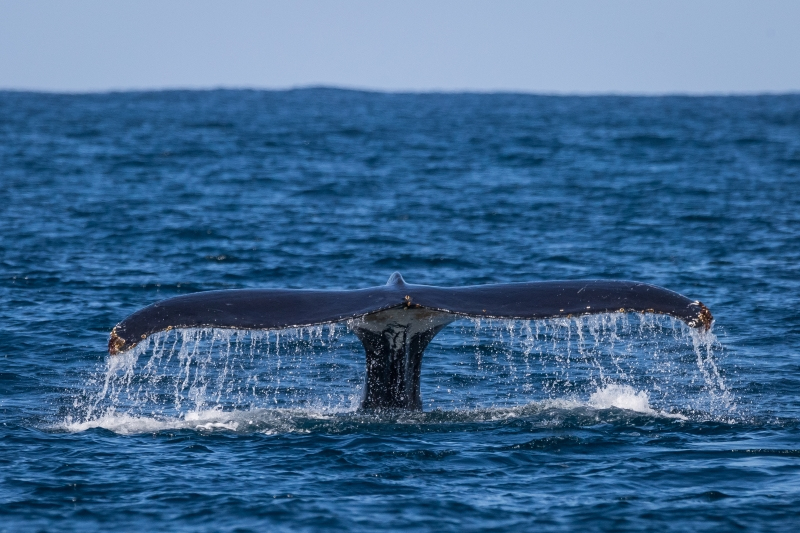
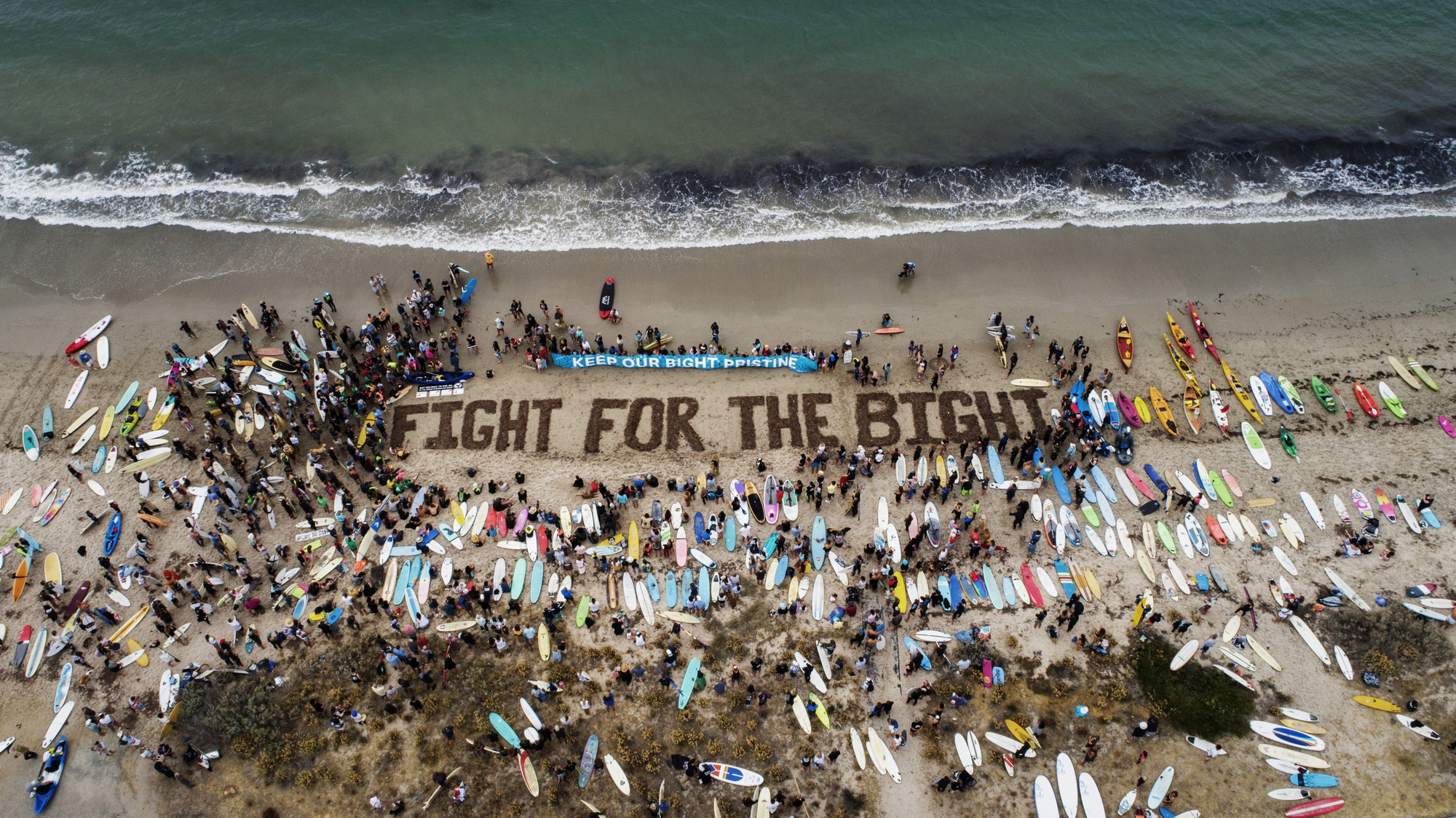
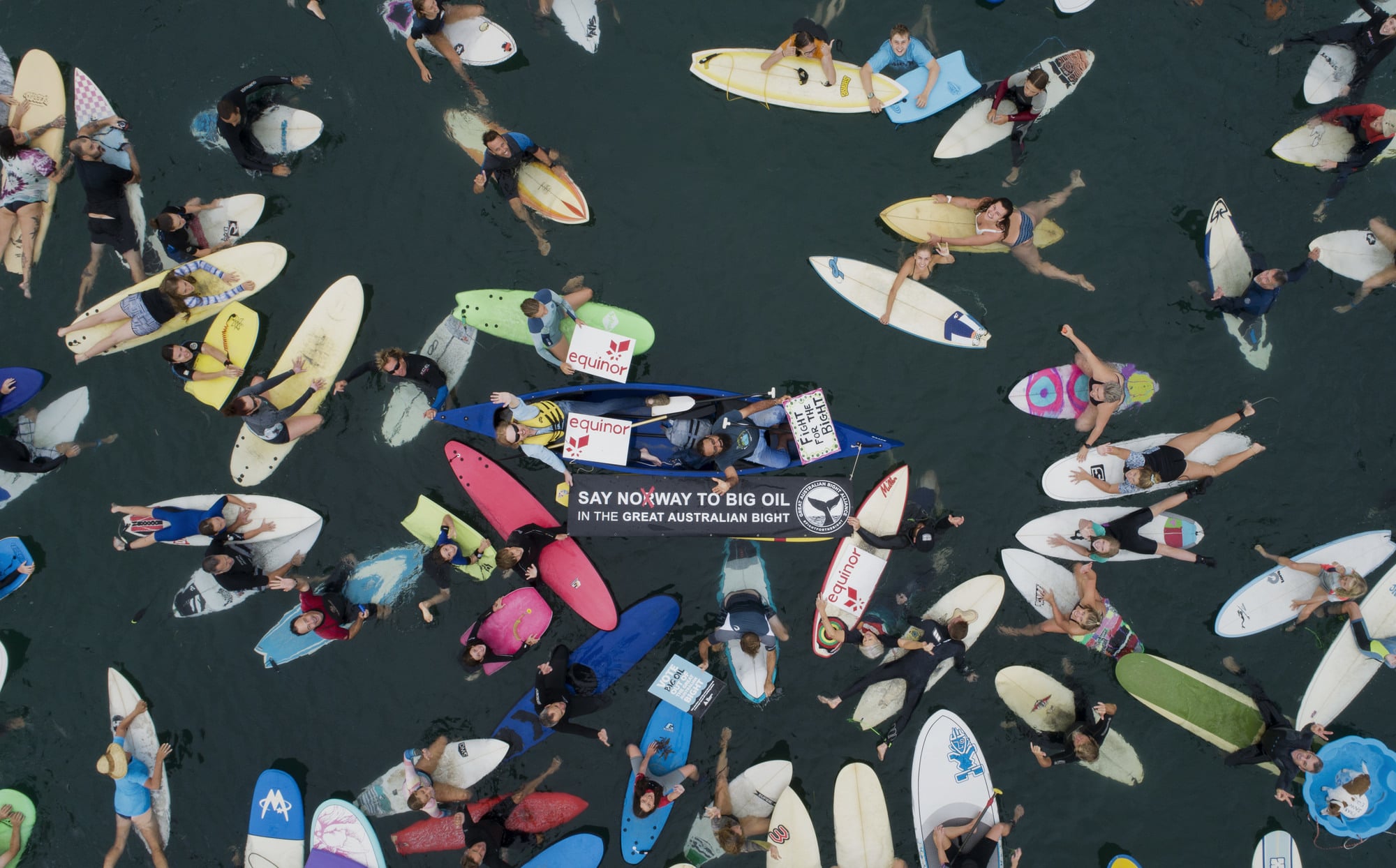
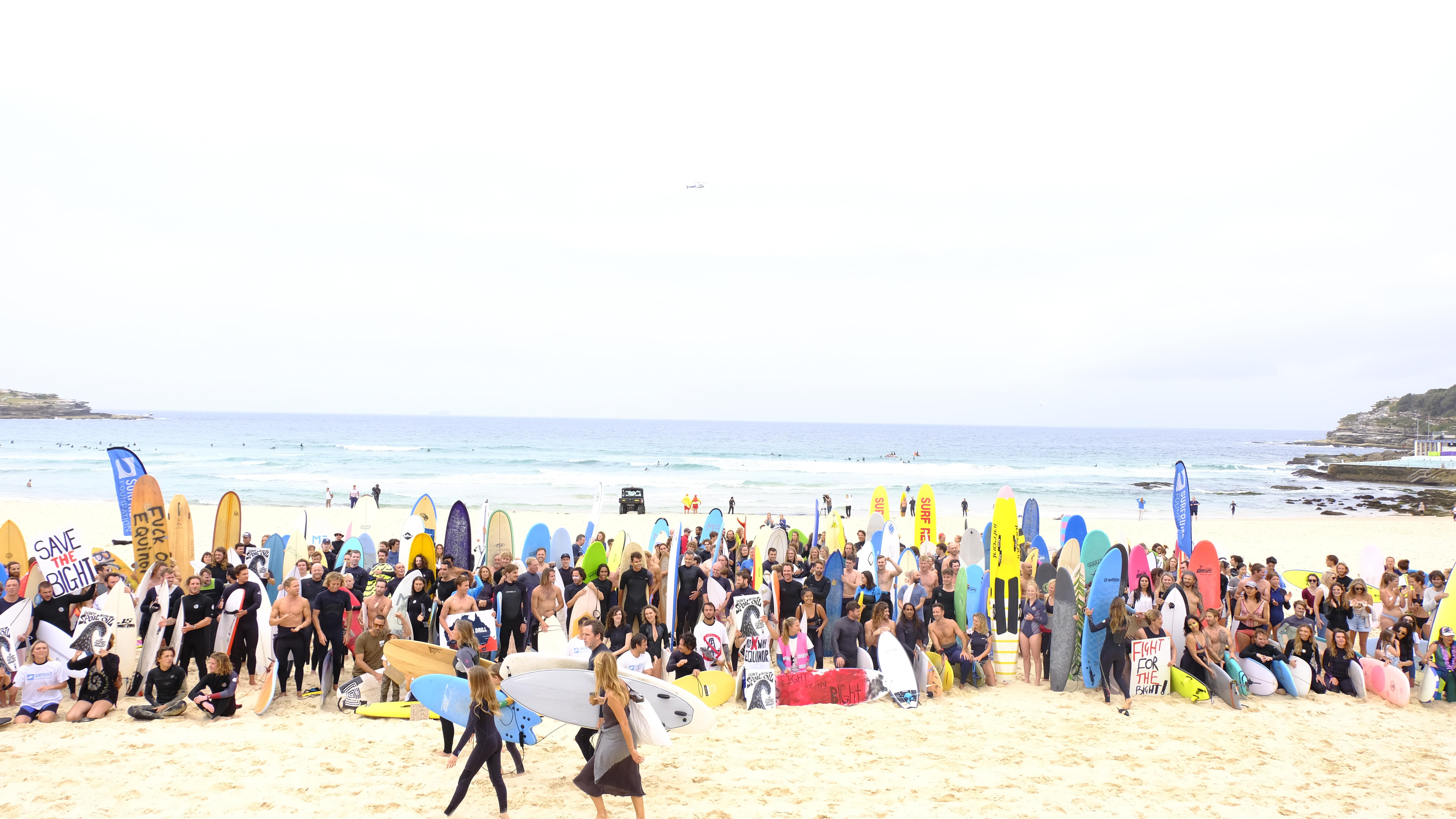
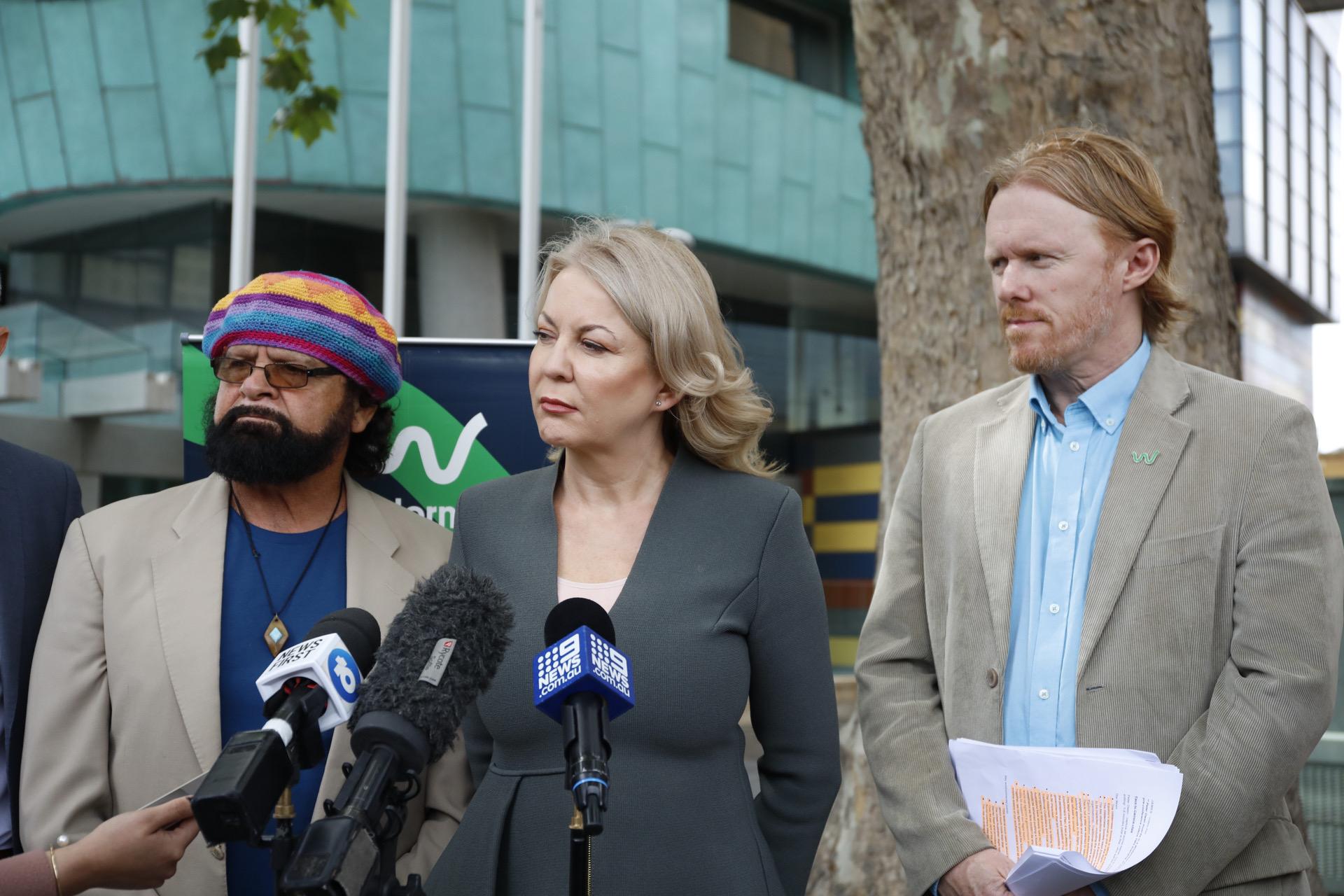
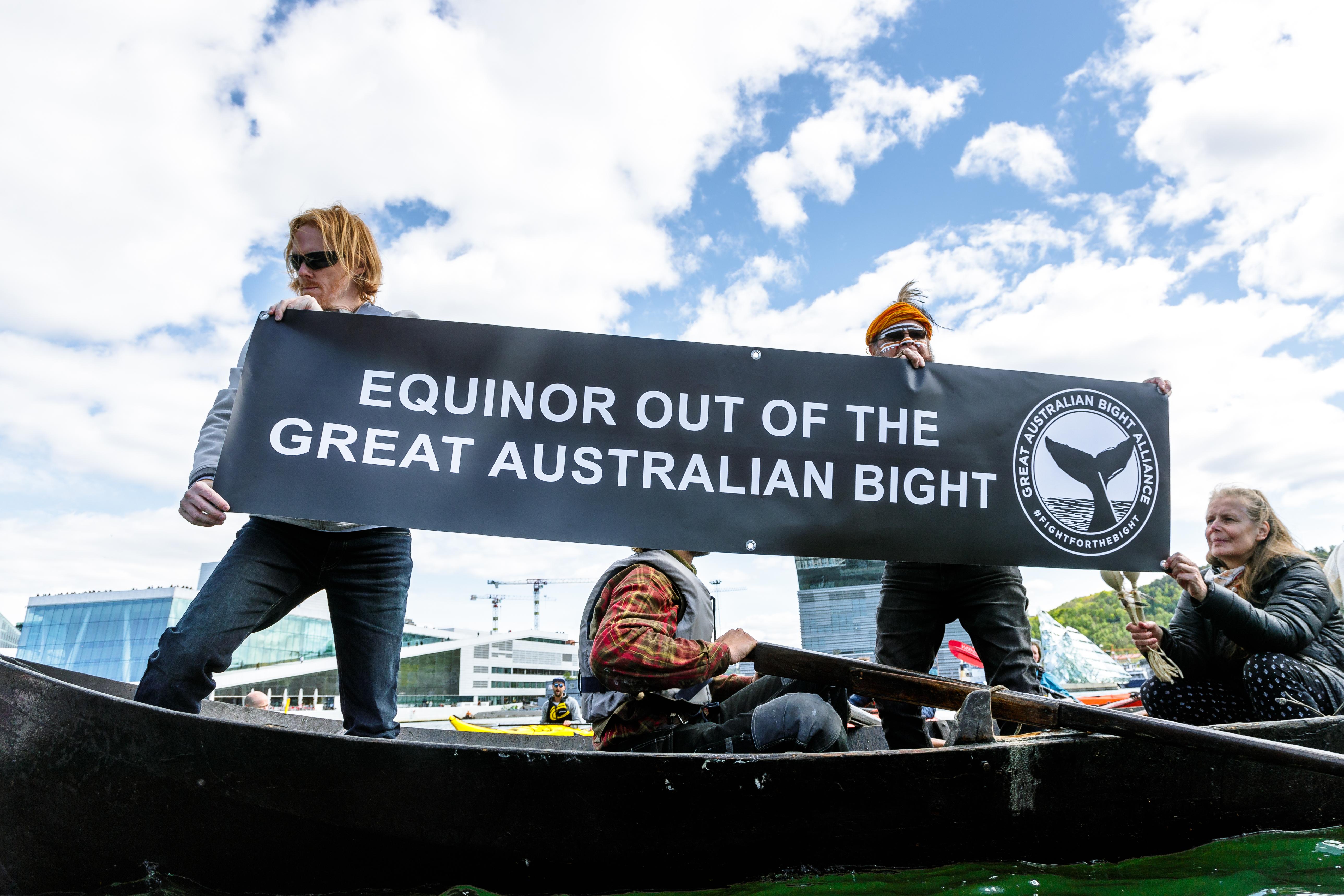
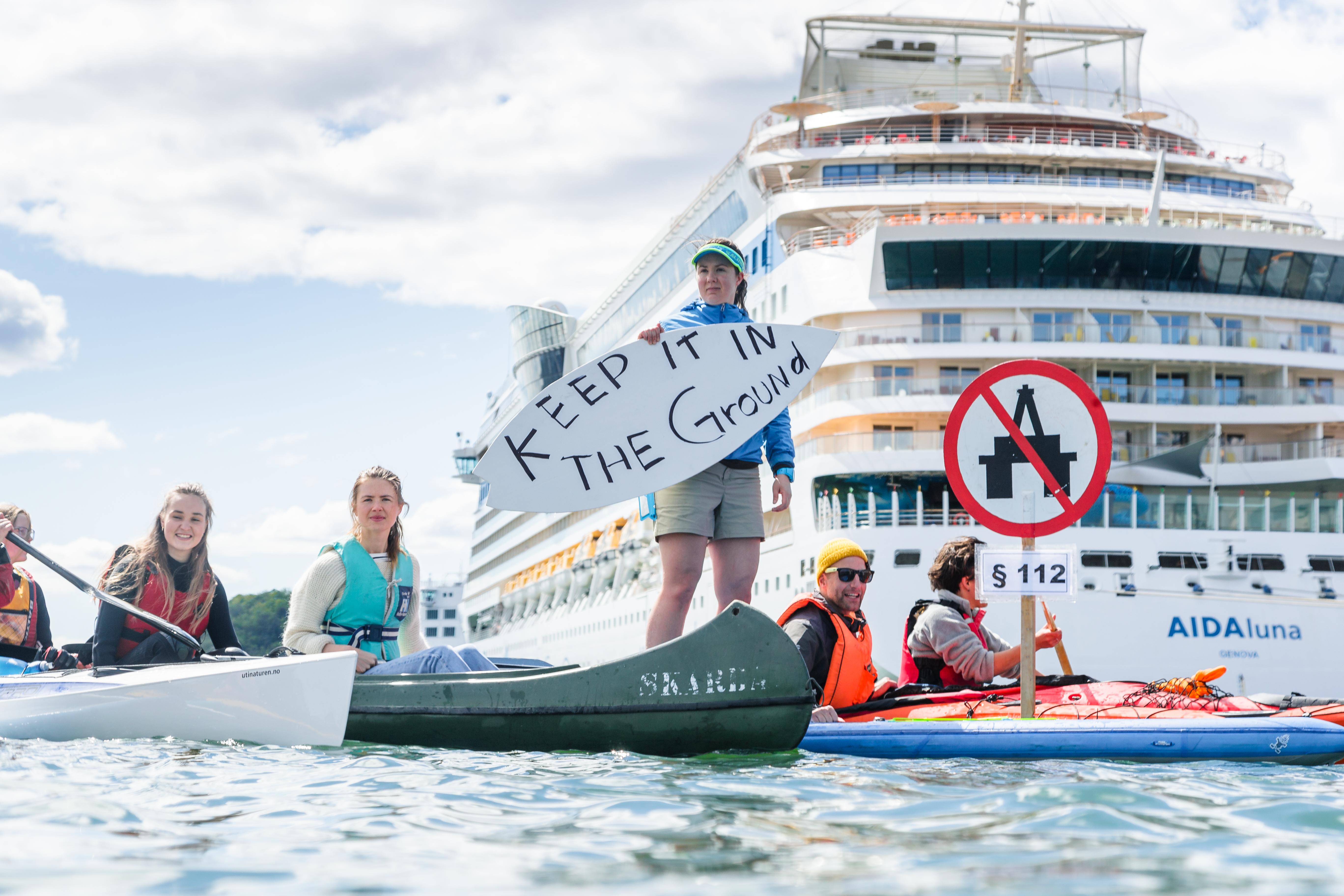
Paddle-out event, Victor Harbor, SA. Image: Darren Longbottom
Paddle-out event, Victor Harbor, SA. Image: Darren Longbottom
Paddle-out event, Bondi, November 2019. Image: Rishi Beer
Launch of legal challenge, January 2020. Bunna Lawrie, Mirning Elder; Amanda Wilson, City of Holdfast Bay Mayor; and Peter Owen, Director of the Wilderness Society South Australia Image: Tony Lewis
Paddle-out event, Norway. Image: Hallvard Kolltveit
Paddle-out event, Norway. Image: Hallvard Kolltveit